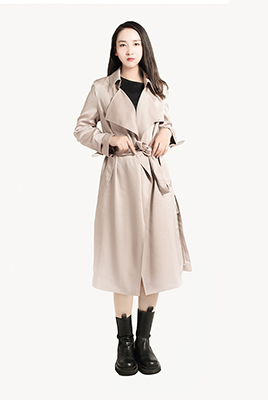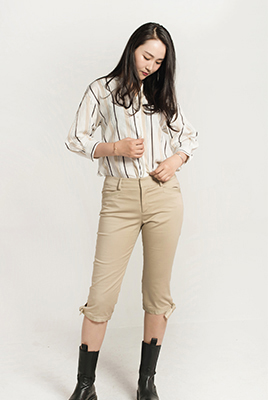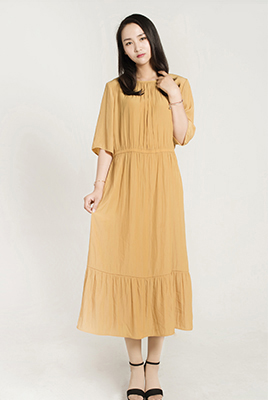The importance of quality to clothing companies
Quality control is an important factor influencing the profitability of order details.
Although the apparel merchandiser does not participate in the factory's first-line production and processing, it is easy to ensure the final apparel quality. There are three steps: fabric and trims inspection, production and processing inspection, and clothing inspection.
1. Inspection of Fabric & Trims
Regardless of the purchases fabric & trims by foreign trade company itself or outsourced factories, the merchandiser must inspect the fabric & trims and fill out the large-scale fabric & trims forms. It not only benefit to the second half of the search, but also convenient to suppliers’ selection. After the fabric & trims are transferred, they should be inspected immediately. Merchandiser, inspectors in the fabric & trims department, and inspectors in the processing plant must register in.
"Immediately" is very important. If you find difficulties early, you can choose preventive measures as soon as possible.
Because it needs spend some time to producing fabric again. Especially for some different types of fabrics, such as warp yarn count or warp density is different from the current general specifications on the market, we must be weaving and dyeing. Other fabrics, such as yarn-dyed fabrics, must have a long production period.
Extensive sampling inspection volume is 10% of the total output value. However, if the value of the fabric is high, or if the customer has a need, 100% inspection will be carried out after the sampling inspection is qualified.
The content of fabric inspection includes two aspects: appearance and quality.
Specifically, it should include the color, measurement, net weight, fabric structure, color fastness of hand-washing and shrinkage rate of surface accessories and so on.
The quality of fabric and trims should be investigated based on testing, inspection and feedback roundly.
The latest items of fabric inspection include physical and analytical chemical characteristics testing and appearance inspection.
The appearance inspection is only a part of the fabric inspection, and the actual quality of the estimation cannot be based on laboratory tests.
The vast majority of customers generally require special testing agencies to test and determine the fabric test report.
Even if the customer does not require it, the fabric sample should be tested when picking up the goods.
If the test is already passed, the company can choose to test some of the latest items that are closely related to clothing production, such as accurately measuring the shrinkage and shrinkage of a large number of fabrics to obtain accurate production process data information.
Under normal circumstances, the fabric adopts the 10-point and 4-point assessment methods, and the fabric inspection is generally conducted by the method of sampling survey.
In addition, it is important to note that if the fabric is imported, detailed raw materials should be submitted to the shipping department.
Generally speaking, the inspection process of fabric and trims for an order detail must take 2 to 3 days.











 QR SCAN
QR SCAN